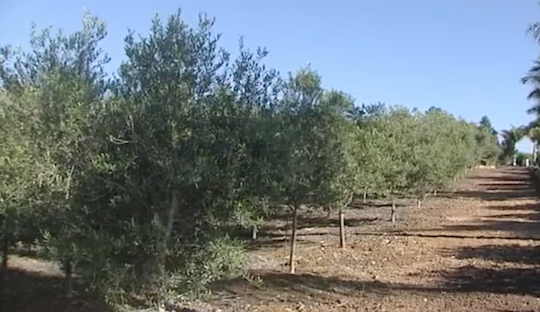With 11 oil mills, Tenerife is the third highest producer of olive oil in the Canary Island archipelago, behind Gran Canaria and Fuerteventura. In just Tenerife there are 75 hectares dedicated to this crop.
Olive tree plantations have expanded in recent years on the islands, rising from 103 hectares to 336.
When olive growing first started in Fuerteventura, it was not meant to be used for production, but as a natural focal point. Majorero oil production is not capable of supplying a market where demand exceeds supply.
The amount of light, the type of soil and the water favor the benefits of the product. However, the great handicap is the cold. Although it isn’t very cold in winter, it can put the production in danger occasionally.
One of the advantages that the island has in comparison with other olive-growing areas is that olive trees begin to bear fruit after just two years. This is due to the climate, which causes the trees to grow throughout the year. In other climates, there is a vegetative break from October to February.
This fact allows the archipelago’s olive orchards to bear fruit ready to be harvested six months before the peninsula’s olive orchards. In August, they already begin the harvest, which makes it the first one in Spain.

